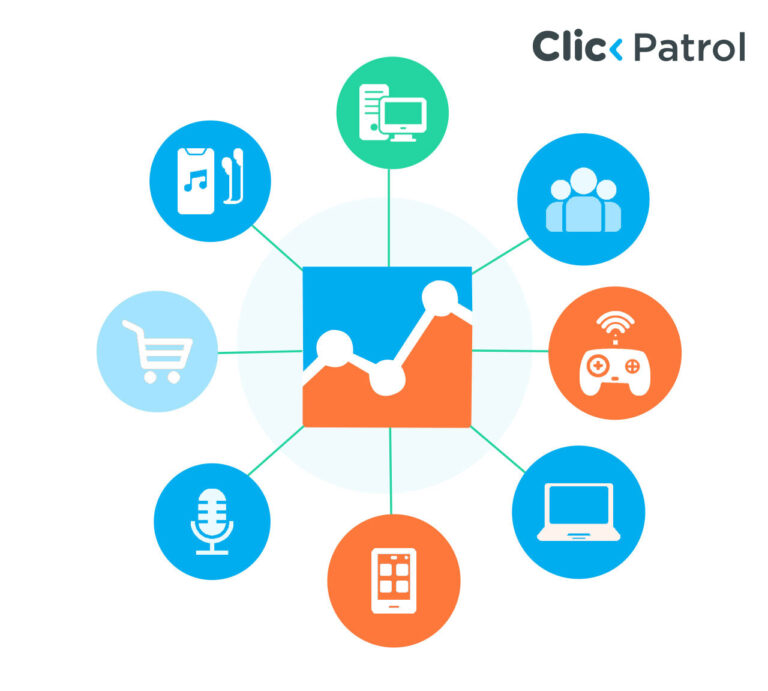
Dealing with Click Spam in 2024







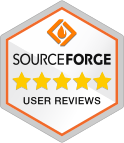
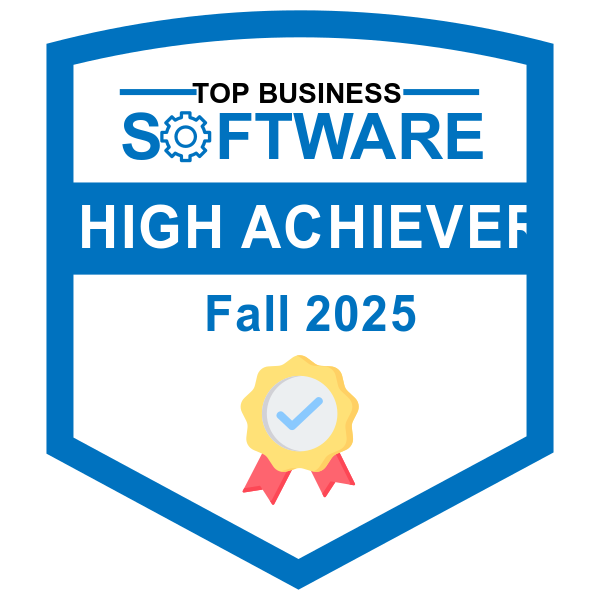


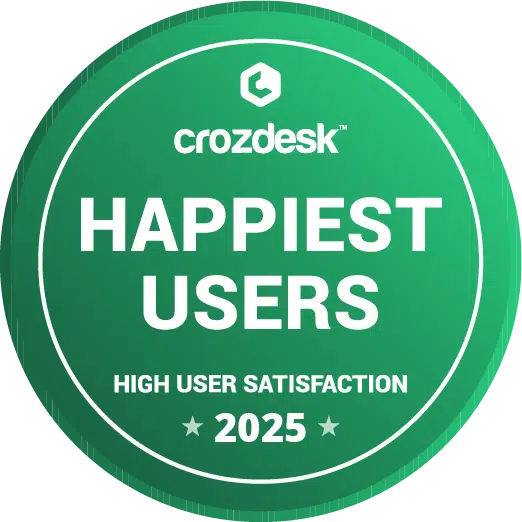

What others say about ClickPatrol

Great for Agencies
Pros: Detailed reporting helps identify every invalid click, while automated click blocking saves valuable ad spend. Overall: Managing multiple client campaigns is now much simpler. This tool keeps everything clean from invalid or fake clicks, ensures accurate reporting, and has quickly become a...


Our Single Source of Truth for SEO Performance
What do you like best about ClickPatrol? ClickPatrol has become the definitive source for our organic search performance data. Its reliability is what allows my team to operate with confidence. We no longer have cross-reference data from multiple tools or doubt the numbers in our reports. The...

Digital Marketing Manager
ClickPatrol has completely transformed the way I handle ad campaigns. It quickly identified fake clicks and saved a lot on my ad spend. The dashboard is clean and easy to use, and their support team is always responsive. Definitely a must-have tool for serious marketers!


Reduced click fraud and saved ad budget with ClickPatrol
What do you like best about ClickPatrol? ClickPatrol was incredibly easy to set up it started monitoring our ad campaigns within minutes. The dashboard is clean and gives a clear view of where clicks are coming from. I love how it automatically detects suspicious or bot-like clicks and sends...

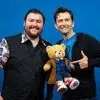
Finally, Transparent and Effective Click Fraud Protection
What do you like best about ClickPatrol? ClickPatrol feels like a tool designed by people who actually understand digital marketing pain points. The UI is clean, the fraud detection is accurate, and I can prove ROI improvements quickly to stakeholders. I also love that the pricing model is...

"Protects Every Marketing Dollar!"
Pros: Real-time fraud detection and blocking. Improves lead quality by filtering fake sign-ups. Detailed analytics to optimize campaigns. Alerts notify suspicious activity immediately. Multi-platform integration. Helps reduce wasted ad spend and improves ROI.


Secured Our Digital Growth by Eliminating 30% Wasted Ad Spend
What do you like best about ClickPatrol? As both founder and sales director, ClickPatrol has been crucial for protecting our marketing budget while scaling our spice blends business. The platform's real-time fraud detection immediately identified suspicious click patterns from regions where we...

After trying different anti-fraud tools
After trying different anti-fraud tools, this one is the only service that actually delivered real results. My campaigns are cleaner, my conversions improved, and I feel more confident investing in ads again. Couldn’t be happier with the outcome!

Efficient Tool for Serious Advertisers!
Pros: Gives full transparency into traffic sources. Detects bots, VPNs, and duplicate clicks. Easy to customize the blocking settings.


Protected Our Digital Ad Spend and Improved Campaign ROI by 35%
What do you like best about ClickPatrol? ClickPatrol has been essential for safeguarding our digital advertising budget across multiple platforms. The tool seamlessly integrates with our Google Ads and social media campaigns, automatically detecting and blocking fraudulent clicks in real-time. The...

ClickPatrol has completely transformed the way I handle ad campaigns
ClickPatrol has completely transformed the way I handle ad campaigns. It quickly identified fake clicks and saved a lot on my ad spend. The dashboard is clean and easy to use, and their support team is always responsive. Definitely a must-have tool for serious marketers!

Great Protection and Excellent Support
Pros: Customer support is friendly and responsive. Setup was simple, and the reports are visually excellent. Real-time protection runs smoothly.



